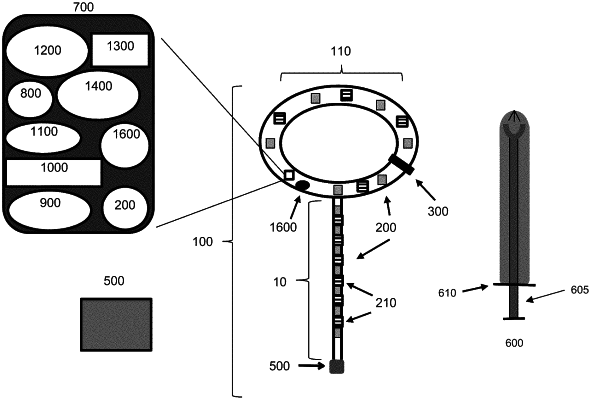| CPC A61B 5/02055 (2013.01) [A61B 5/1102 (2013.01); A61B 5/1114 (2013.01); A61B 5/1121 (2013.01); A61B 5/14551 (2013.01); A61B 5/224 (2013.01); A61B 5/4023 (2013.01); A61B 5/4337 (2013.01); A61B 5/4869 (2013.01); A61B 5/6856 (2013.01); A61B 5/7282 (2013.01); A61B 5/746 (2013.01); A61B 5/02125 (2013.01); A61B 5/024 (2013.01); A61B 5/0816 (2013.01); A61B 5/1107 (2013.01); A61B 5/202 (2013.01); A61B 2505/09 (2013.01); A61B 2562/0219 (2013.01); A61B 2562/029 (2013.01)] | 19 Claims |

|
1. A method of detecting a pelvic floor movement in a subject wearing an intravaginal device comprising two or more sensors comprising:
a) obtaining positional data comprising sensor angle and time from the two or more sensors;
b) processing the data from the two or more sensors to produce a composite score using the positional data to determine an occurrence of the pelvic floor movement, wherein the processing comprises measuring:
(i) a change in sensor angle for each of the sensors, wherein the change in sensor angle is the difference between an angle during a pelvic floor lift and an angle during pelvic floor relaxation; and
(ii) a change in sensor angle with respect to time; and
(iiii) a derivative of the change in sensor angle with respect to time, and detecting the pelvic floor movement when the change in sensor angle with respect to time exceeds a predetermined threshold; and
c) employing the processed data to provide an alert presenting physiological data regarding the pelvic floor movement.
|